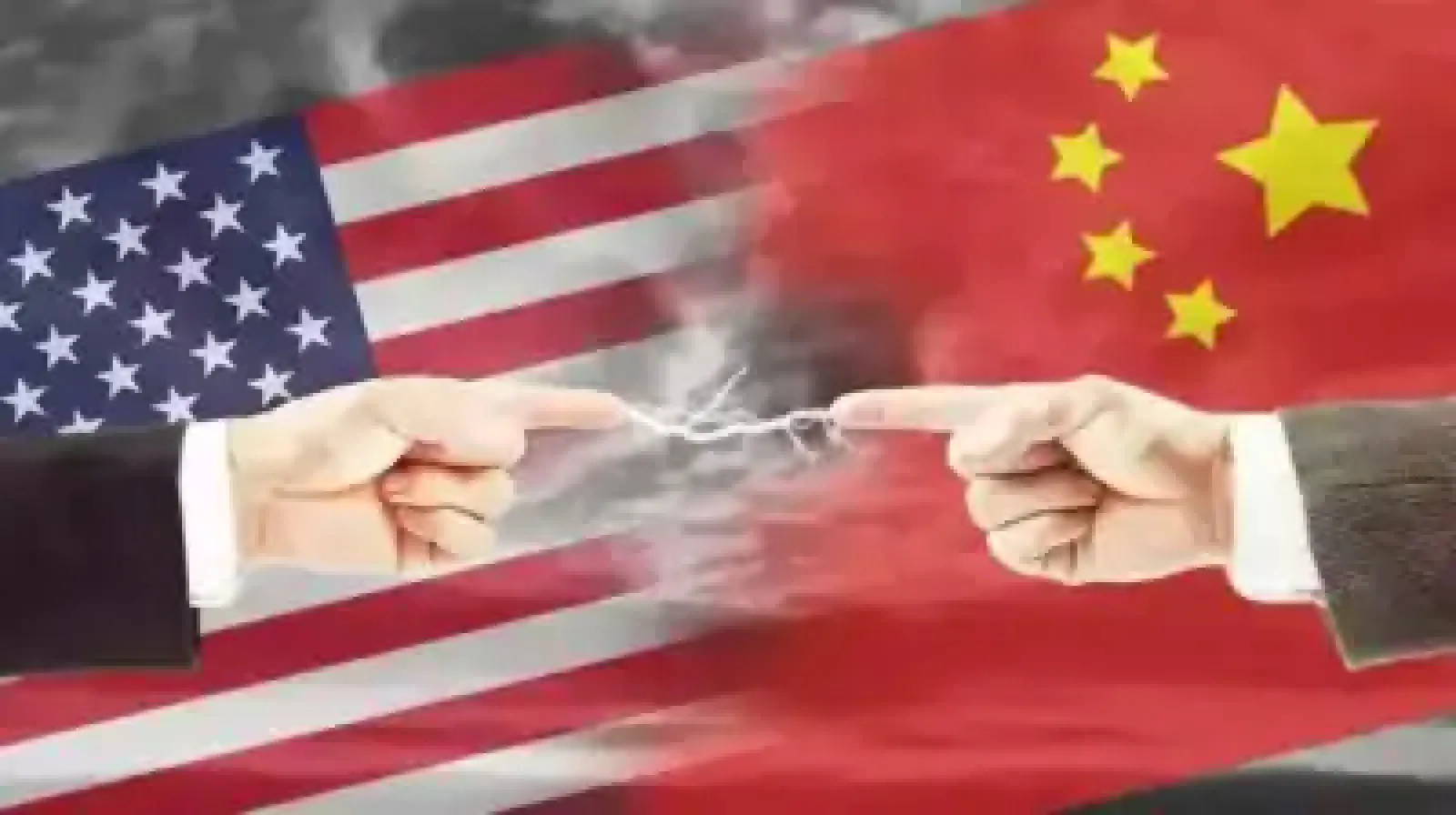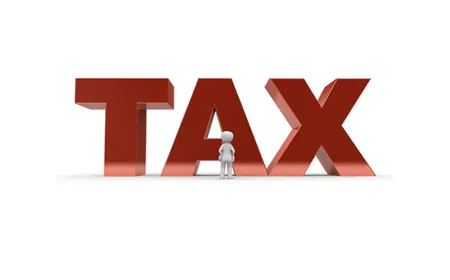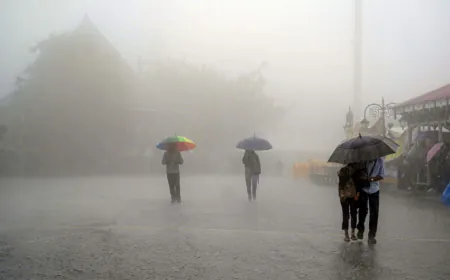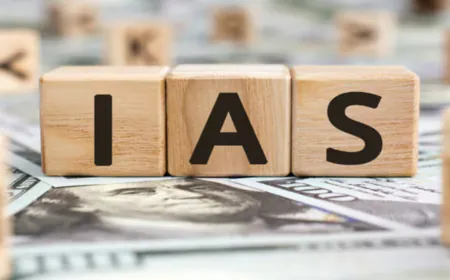China did not bow down even under the pressure of trade war, rising GDP rate surprised; Know details
China: China's economy registered a 5.2% annual growth in the April-June quarter, which is a strong sign despite the ongoing trade war with the US. Investment, subsidy schemes, and exports handled the economy. However, falling prices and real estate crisis are raising concerns.

Despite the trade war initiated by US President Donald Trump, China's economy has shown unexpected strength. China's GDP growth in the April to June quarter was 5.2 percent, surpassing global analysts' expectations. This rate was 5.4 percent in January-March. According to the government, a 1.1 percent quarterly growth was also recorded, marking a record increase.
Domestic investment and global exports have significantly boosted China's economy. Investment in factories, high-speed railways, and infrastructure increased. To bypass US tariffs, China began exporting products through countries like Southeast Asia, where they were re-exported to the US and Europe. This helped offset declining exports to the US.
The National Bureau of Statistics reports that growth in the April to June quarter exceeded expectations. In the first quarter, many foreign buyers placed advance orders to avoid tariffs, boosting production. According to the Washington Post, institutions like Oxford Economics have increased China's annual growth rate forecast from 4.3% to 4.7%.
The government also started providing subsidies on electric vehicles, air conditioners, and other electronics to boost domestic consumption. The scheme aimed to encourage people to buy new, energy-efficient goods, benefiting factories as well. However, some local governments struggle with funding for this scheme.
The Washington Post reported that China's economy faces another serious problem: weak consumer spending and excess goods. As a result, houses, vehicles, and other expensive items are becoming cheaper, leading to 'deflation,' which harms company profits and reduces people's income.
To promote investment, the government drastically cut interest rates. Bond interest rates are at an 11-year low, making it easier for the real estate and construction sectors to take loans. Yet, house prices have started falling again, indicating that this sector's condition remains serious.
For Latest News update Subscribe to Sangri Today's Broadcast channels on Google News | Telegram | WhatsApp






































.jpeg)
































































































